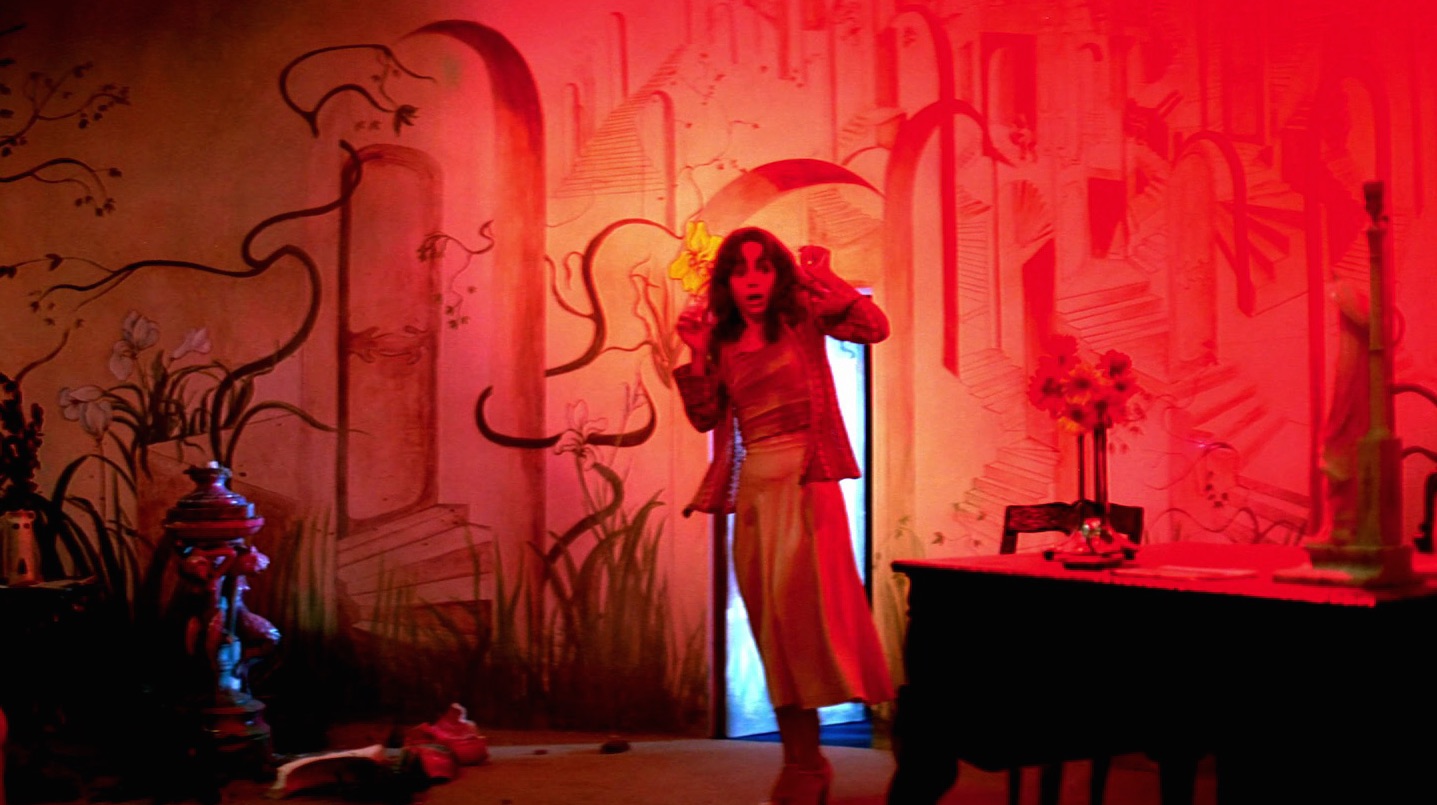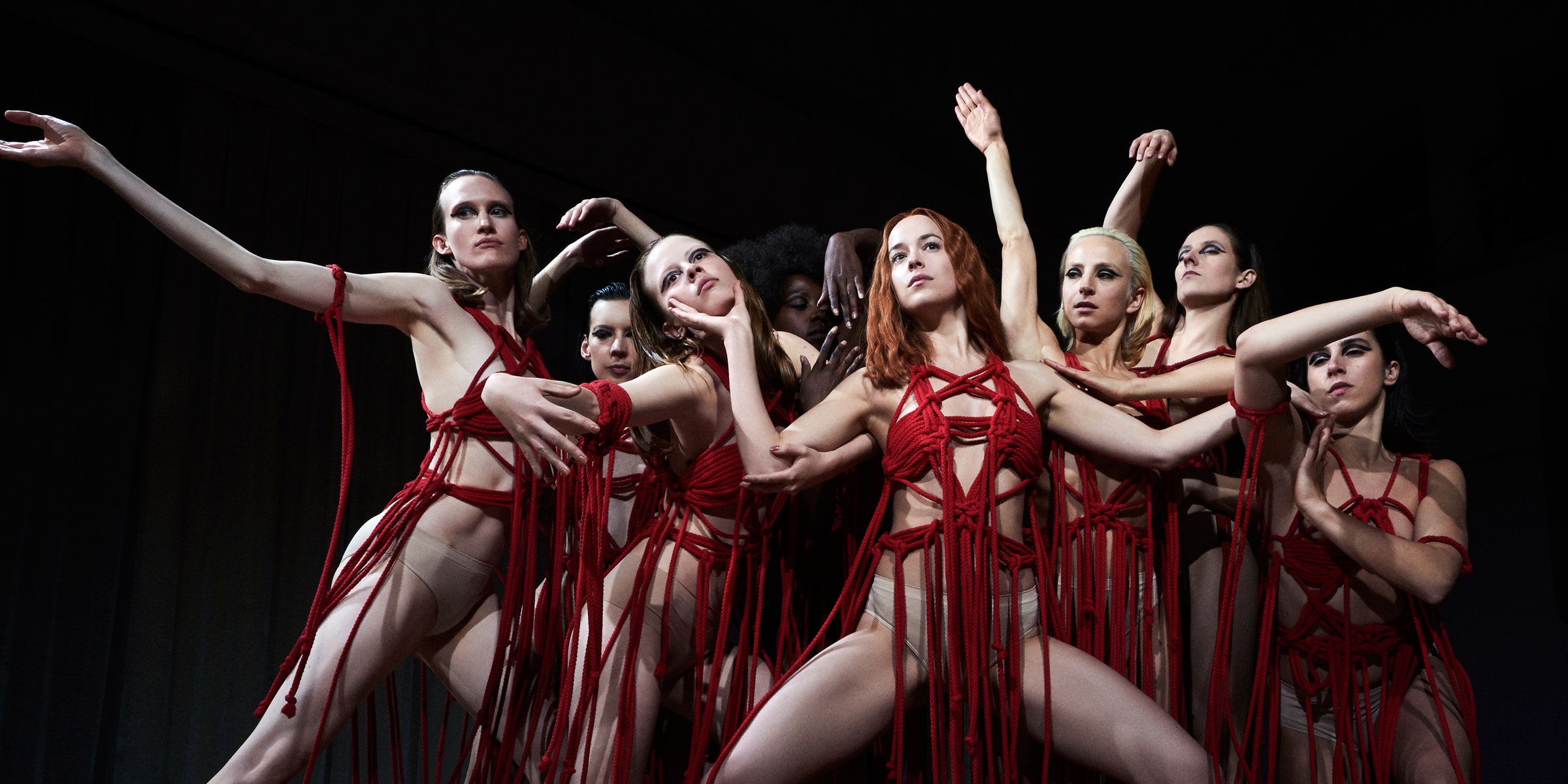How can we compare the seminal 1977 original horror film to the strange, confused 2018 remake?

Dario Argento’s 1977 supernatural horror film Suspiria, about a coven of witches who run a ballet school, can be considered a classic of the genre and one of the scariest films ever made. Revolutionary and aesthetically unique in terms of lighting, set design and cinematography, Suspiria is a true filmmakers film, an exploration of style and mood often imitated but difficult to replicate. Not surprisingly considering the success of the film, it was remade in 2018 by Luca Guadagnino, best known for his romantic drama Call Me By Your Name, an LGBTQ classic.
Described as more of an homage than a remake, 2018’s Suspiria, starring Tilda Swinton, Dakota Johnson and featuring Chloë Grace Moretz; strays from the original themes of the film drastically. Set in Berlin in the 1970’s in a time of social unrest following the arrest of members of the Red Army Faction, an extremist leftist terrorist group, the film follows Susie Bannion as she joins the Markos Dance Academy, a prestigious ballet school led by Madame Blanc, played by Swinton. This is where the film first abandons any faithfulness to the original, and where it starts to falter. The background of political turmoil has almost nothing to do with the events at the school where supernatural occurrences and gruesome deaths begin to take place.
The original Suspiria is almost entirely set within the Tanz Dance Akademie. Also following the journey of Susie Bannion, this film works within the confines of the school in order to create a sense of claustrophobia. The audience feels we are trapped along with Susie as the teachers overstep the marks of comfort and the walls begin to close in, exemplified by brilliant artistic lighting and the thorough use of strong colour throughout the film to create a truly unique world. There are often more interesting dramatic opportunities when filmmakers, or any artists, work within confinements, and the atmosphere of the original Suspiria exemplifies this.
Guadagnino’s remake was purposefully made to lack colour. Where the original film relished in rich and vibrant reds whether blood or backdrop, the remake went a roundabout way of honouring this by creating a bleak and bare Germany. Granted, this may be an accurate portrayal of the world at the time they decided to set the film, but combined with a weak script, shallow performances and confused themes of motherhood, matriarchy and accountability for crime; the film drags on like the first draft of a novel, unpolished, dull and baffling.

Both films are based loosely on Thomas De Quincey’s 1845 hallucinatory collection of prose poems Suspiria de Profundis, in which the author discussed the idea of three mothers, a Lady of Tears, of Sighs and of Darkness. Where Dario Argento realised the intangible quality of this idea and permeated it through his film only in momentary references and by focusing solely on the idea of Mother Suspiriorum, Guadagnino’s remake attempts to encapsulate all three mothers in the characters of the dance teachers and their allegiances. The issue with translating poetic ideas into film lies in clarity, and while Argento’s film is confusing, it is known by the audience that these ideas are secondary and the action of the film and its horror is most important. The 2018 film, on the other hand, is a mess of political, social and supernatural ideas, where the strict discipline of ballet, transformed into an atmosphere of tension in the original, is lost in outlandish ideas and expositional lines.
There is a universal problem in recreating, re-imagining or paying homage to older films. The world as it is is starved of original ideas, and Hollywood loves to pour money into whatever will make sales, not whatever has potential. There is also the creative issue. To remake a film faithfully and exactly is unnecessary, but to create a completely different work and put it under the banner of the established name of another film is dishonest. Though many filmmakers, like Guadagnino with 2018’s Suspiria, have tried to find an in-between in regards to remaking films yet giving them fresh life, the fact is that minor tweaks and original ideas could create a work individual in its own right. Dario Argento’s 1977 Suspiria is an unclassifiable film immune to revival, because it is timeless in its own right. Some things are better left alone.
Subscribe to FIB’s Weekly Alchemy Report for your weekly dose of music, fashion and pop culture news!






